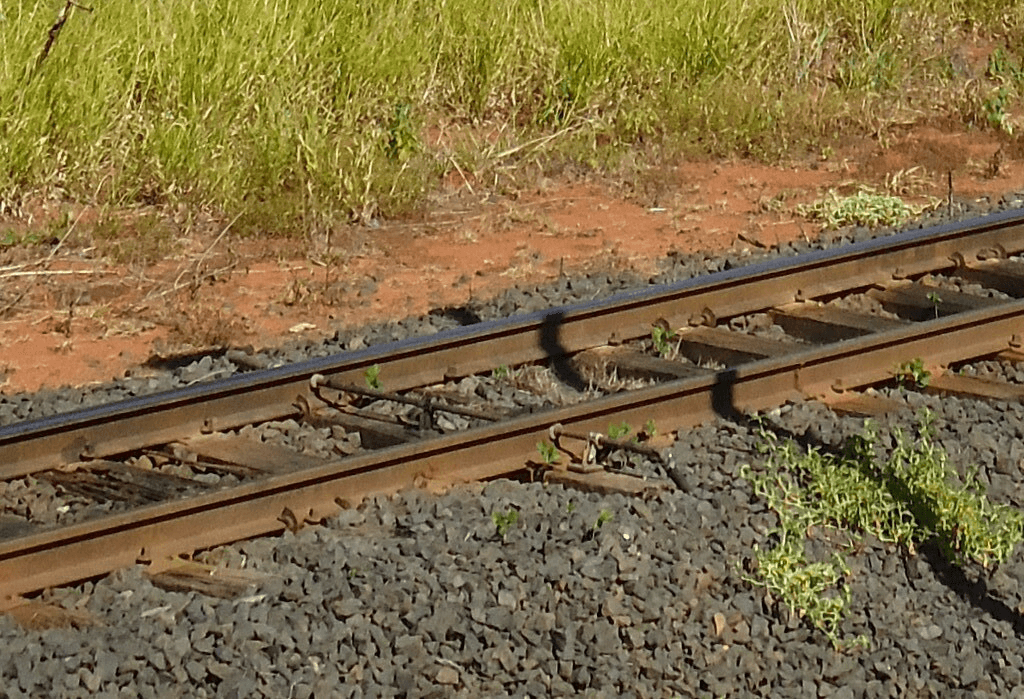
Railroad Innovations: Know the technological trends in the sector
It is possible to observe a series of advances in relation to technology in all sectors of the economy, whether in industry, agribusiness, mining, among others. In infrastructure sectors, this is no different. Technology, especially computational, is fundamental for railroad innovations, for example, to be used in the sector.
As we know, the railroad sector is an important mode of transport around the world, both for transporting people and for moving cargo. Even though the use of this sector here in Brazil is not ideal, it continues to play an important role in the transport of goods, supplying states and municipalities, but mainly national ports for export.
After a long setback in investments in the railroad sector in the last century, investments have started to rise in recent years. But, for the sector to develop more and more and remain important for Brazil, technological improvement is essential.
In this sense, there are some technologies that are already used and that were developed in the last decades and that deserve to be highlighted. In this article, we will talk about the main railroad innovations, explaining what they are, how they work and how they help to further improve this important mode of transport.
Content Index
Dynamic Scale

To start with, we have the dynamic scale, which is a fundamental instrument for weighing trains in motion on the national railroad networks.
On our blog you can check a series of articles explaining everything about the functioning and importance of railroad scales, especially the dynamic ones, which stand out over other models precisely because they allow weighing to be done without the train having to stop.
This operating model guarantees a series of advantages for dynamic scales, such as speed in the weighing process, economy, acceleration in the path of railroad trains and a reduction in the loss of loads during weighing.
Dynamic scales fall into the category of railroad innovations as their operation depends on modern and advanced technologies.
In order for the weighing to be carried out accurately, the dynamic scale has digital load cells, which are mainly responsible for providing the data relating to weighing to a server that remains connected to a network.
Through this interaction between these two technological elements, the professional responsible for recording and observing the weighing is able to obtain accurate values, making the following decisions to be taken judiciously and based on a very assertive weighing .
Detectors and intelligent sensing

Safety is a fundamental aspect for the railroads to work. Without projects that increase the safety of train cargo transport and the people involved in the journeys, the number of accidents on railroad lines would be much more recurrent.
In this sense, there are a series of railroad innovations that are already in use, but that need to be improved, and that help ensure safer and more reliable routes.
Derailment detectors, for example, are instruments with high technology involved.
These detectors are positioned on the train tracks and break when hit by derailed carriages, triggering an alarm and alerting people who are left with the responsibility to take the necessary actions quickly and efficiently.
Another type of intelligent sensor used to increase the safety and quality of journeys on railroads are tag readers.
This device is positioned on the locomotives and wagons, enabling a center to be able to observe all train movements on the lanes, understanding where they are and being able to identify if there is any relevant problem during the journey.
Railroad Innovations: New energy sources

Another important aspect of railroad innovation is in relation to the new energy sources that are being used so that the trains can work, which is a fundamental highlight for the qualification of the environment.
At the present time, there are already studies, for example, so that trains can be powered by hydrogen, and can even capture the energy necessary for operation with the vehicle's own movement.
Another source of energy that can be used is kinetic energy, captured through technologies installed on the ground where the railroad is mounted.
Solar energy can also be captured and used so that trains no longer rely on fossil fuels as an energy source.
The solar energy system is already widely used in different spaces and sectors, allowing for a reduction in energy consumption from non-natural sources.
This diversification of the energy matrix can help to create a more sustainable movement network, which is one of the main reasons why there is so much talk that the railroad sector would bring an important gain for sustainability in relation to the road sector, as trucks continue to depend on fuel such as alcohol and gasoline to work.
With natural and renewable sources, important resources for the environment are not wasted. Furthermore, these energy sources that we mentioned would reduce environmental degradation due to the movement of trains, making this aspect less impactful.
Railroad inserted in digital media

Can you imagine a sector as important as the railroad not being inserted in digital media like all other production sectors do? It's just unimaginable.
Currently, all important segments for the Brazilian economy, such as industry, agribusiness, services, among others, are adapting to this need to use digital media in their favor.
Regarding the railroad system, the use of software and computer systems are already being used, but these are railroad innovations that can still be much more explored.
In the dynamic scales themselves, which are gaining more and more strength, the weighing of loads is made possible as a result of systems like this.
Exploring the artificial intelligence of computers, software and computational systems enables a series of advantages and training for the railroad sector, as processes become more precise in different stages of cargo transport, such as weighing, handling, load and unloading
Even for the logistical planning of companies involved in transport, these digital railroad innovations are fundamental, since the companies involved are able to use digital tools so that transactions are better planned, organized and accurate, avoiding losses over several stages.
Conclusion about railroad innovations
As we have seen, technology-related railroad innovations are essential for the sector to continue growing and qualifying its operations. Several devices and tools are already in use and have enabled an important improvement in the functioning of the roads, but there are still ideas that are being worked on and studied so that innovations are increasingly impactful.
Searchs:
http://revistaepocanegocios.globo.com/caminhosparaofuturo/inovacoes-ferroviais/index.html
https://www.mrs.com.br/post-blog-mrs/alta-tecnologia-a-servico-da-seguranca-ferroviaria/
http://www.ucs.br/etc/conferencias/index.php/mostraucsppga/xvmostrappga/paper/viewFile/4236/1354
https://www.mrs.com.br/post-blog-inovacao/detector-de-descarrilamento/












